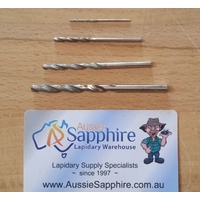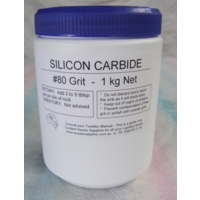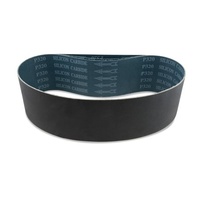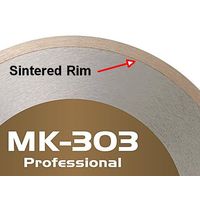Have had a few questions recently about the different types of saw blades so thought it worth a post.
Essentially, there are three main types of diamond saw blades used in the lapidary field – all have their pros and cons.
 |
 |
 |
 |
See below for more information This information will help you |
 |
A) Sintered Blades
Sometimes referred to as Continuous Rim Blades, these blades are more expensive but tend to be longer lasting and offer better performance. Sintered blades are made embedding diamond particles in a metal bond around the rim of the blade – the diamond extends through the full depth of the rim and so as the metal bond rim wears away, new diamond particles are exposed and keep the blade cutting.
These blades are available in premium or economy versions – the manufacturing process is essentially the same but a premium blade will be better quality and should give a cleaner cut. Please note that even though the sintering process will give a more durable blade, they can easily be damaged by incorrect usage (insufficient cooling, rock jams, etc).
For smaller blades, the sintered metal bond rim will be continuous around the whole rim while for larger blades (say above 16″ diameter), there may be sections cut out along the rim to improve coolant flow and debris removal – these are called Segmented Blades.
The 301 Gemking Blade made by Barranca/MK Diamond is often called a Notched Rim Blade but this is a bit misleading. This one is still a sintered blade but the deep notches along the sintered metal bond rim allow for better coolant flow. This blade is designed for cutting of harder material but MUST be used with oil – water should not be used with these blades. This blade is just a slightly different type of sintered blade.
As the diamond particles are embedded in a metal rim, over time the surface of the metal bond can glaze over the diamond particles and affect cutting performance. If you feel that the blade is not cutting as it should, we recommend “dressing” the blade by cutting into it a few times with an abrasive material (ie. dressing stick, old silicon carbide wheel, house brick, etc). This process re-exposes the diamond particles allowing the blade to cut properly again.
B) Notched Rim
A classic notched rim diamond blade is made by pressing diamond grit into the edge of a solid steel core – the process leaves small notches along the rim where the diamond works to cut the material. This is a much cheaper process compared to sintering and so these blades are generally much cheaper. They will not last as long but are very low cost for those on a budget.
They can be made very thin which can be useful for those cutting material where you want minimal wastage. The notches can be very thin or slightly thicker as shown in the photo above but there will be less diamond to work with compared to a sintered blade so factor this in when considering a blade of this type.
Like the sintered blades, these ones can be dressed if they appear to be slowing down but do this only as needed as these blades are nowhere near as durable as a sintered blade.
C) Electroplated
Electroplated blades are made by electroplating a thin layer of diamond usually in a nickel metal bond on to the surface of the steel blade. As the diamond is only adhered in a very thin layer onto the surface of the blade rim, these blades are not as durable as a sintered blade. They are generally quite a bit cheaper than a sintered blade but will not last as long – we do feel that they are better quality than the very cheap pressed Notched Rim blades though.
One advantage is that they can be made very thin so may suit applications where you want minimal wastage of valuable material. They have also proved popular with our glass customers as a blade that cuts clean with less chipping. Generally not available in very large diameter blades and not suitable for slab saw applications.
These blades should NOT be dressed – this will just wear them out with no benefit. Make sure you are using plenty of coolant – the diamond will rip off in seconds if these blades are used dry or with insufficient coolant.
These are the three most commonly available lapidary saw blades – there are a few other less common types suitable for specialised applications (eg. CBN blades for cutting meteorites or iron-rich material). Please consider your usage and available budget when selecting a diamond blade.
The three most important specifications are blade diameter, blade thickness and bore size (ie. centre hole) – please note that these measurements are usually quoted in imperial measurements (inches). See here for a quick conversion chart for relevant Metric/Imperial measurements.
If we can assist with any advice, please email us via the Contact Page.







